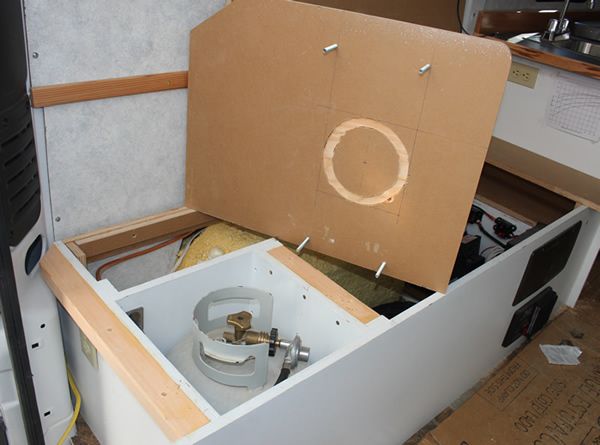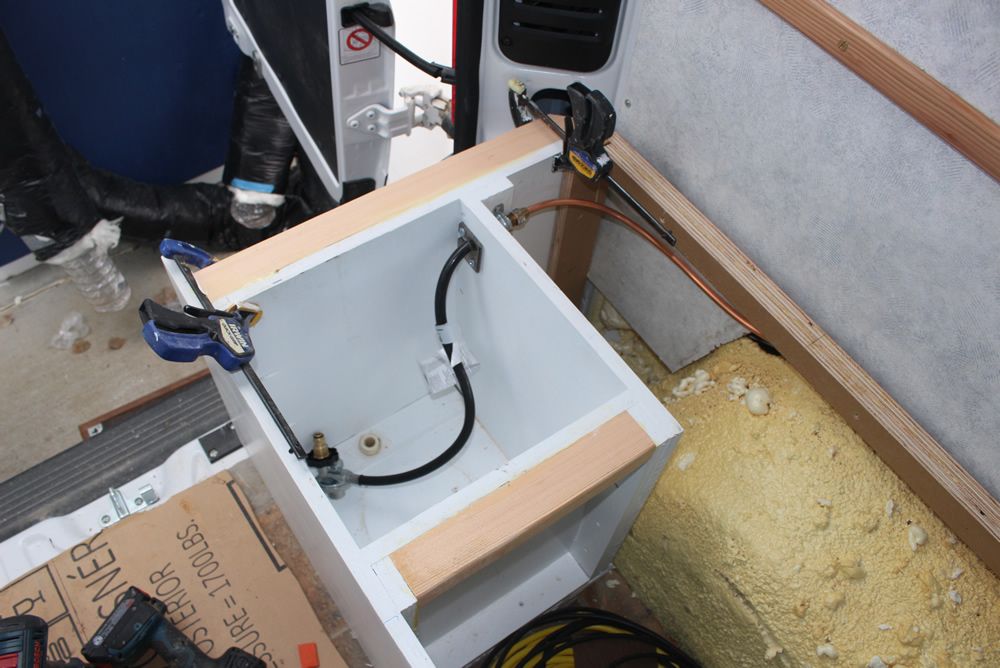Good thread.
Propane use is going to be a compromise somehow, no matter what tank you choose.
Propane fumes/venting is very real and must be taken into consideration.
For an RV the under chassis mount is a space saving although expense "proper" option.
Filling an under chassis tank can be at time problematic, it's exposed to dirt and road grime, you need to almost get under the unit (fine on a Sunny day, not so good in a Wintry slushy mess), not all refill stations are set up to fill an RV so you limit your refill options.
A 5 gallon/20 lb BBQ tank is inexpemse to buy (you probably have an extra already for grilling), easy to have refilled or swap for a filled one at any store USA.
The down side is you mount it outside and risking possible impact damage and the risks that come from a damaged leaking propane tank.
Or you take up valuable and very finite interior space to store a tank of propane.
If stored inside it needs to be easily accessed for use and refilling.
You don't want a heavy steel projectile to come flying forward and bash you in the back of the head during an emergency stop or an accident.
IF the unit vents, the fumes must have a way to fall out of the Van onto the ground and be blown away rather than lie upon the floor waiting patiently for a spark.
I firmly believe that an under chassis tank to be the #1 safest choice.
BUT......
I do see the pluses of using a 20lb tank.
As I build up my Class B unit, propane will be part of it.
If I were to opt for a 20lb tank I would build a secure designated storage compartment with venting provisions. It need not be crush proof steel but simply an air tight box with controlled ventilation.
I Stumbled upon this link, it looks like an excellent DIY 20lb tank storage solution, once you embrace the concept of carrying such a tank inside. This design minimizes the risk factors to a level that even I can live with.
I Cannot embrace the steel propane tank in a milk crate bungeed to the front seat. A milk crate is fine to steady a unit upright for transport to get refilled, but it is not OK for extended highway travel.
http://www.builditsolar.com/Projects/Vehicles/PMRV/Propane/Propane.htm
Storage box

Showing vent hole

Dave







